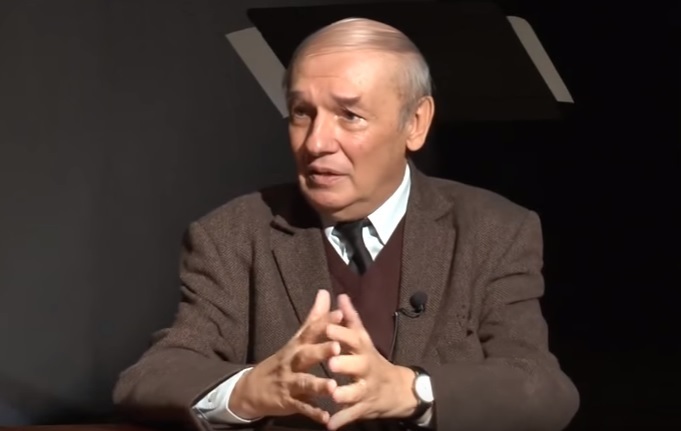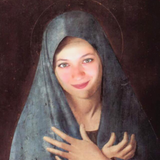Written by:
Laura Marin
Share article:
Communism
The following article results from an artist talk with Octavian Nemescu, hosted by Andrei Tănăsescu at the festival Outernational Days 2, July 9, 2017.
"Sadly, I lived a very narrow-minded, conservative and, if I may say so, terrorist period of the communism. Romania was under communism from 1948 to 1989. At first it was a Stalinist period. I was a child back then. Times were harsh, a lot of arrests were happening, people were dying in prisons. A liberalisation came through after Stalin's death that lasted a very short while (1955-1958). After the Hungarian and Polish revolutions in 1956, taking advantage of the liberalisation of the communist ideology, a new terrorist period began. In culture, terror manifested through this realist-socialist-proletarian doctrine and through something that is popular to nowadays: mass culture.
Artists and musicians were supposed to make art for the masses, for the proletarians. Modernism, which was very popular abroad, was banned after the war. And not only modernism. Mysticism too. This narrow-minded and conservative period followed, with people getting kicked out of the University, which lasted from 1958 to 1963.
In 1963 I was in the last semester of the last year of my studies, when we were told, in the scientific socialism class, that we are now free to make the art we desire and that we have total freedom. I was blown away by the news. I did not understand what happened at first. So sudden and unexpected; from complete terror, to total freedom. Later on I found out that a rupture happened in the heart of the communist camp. China tried to implement a new type of communism, as a substitute to the Moscow structure. Albania followed, and then, as a suggestion from an intellectual in our government, probably the only one, Ion Gheorghe Maurer, Romania also tried to leave the Moscow sphere and to switch to the new communist approach and to open up to the western mechanics. People were let out of jail. This was happening when Gheorghe Gheorghiu Dej was the head of the communist party. So this is why a period of ideological liberalisation started. It lasted from 1963-1971.
Meanwhile Gheorghiu-Dej died and Nicolae Ceausescu replaced him. He visited China and North Korea. These having pretty much the same mentality back then as they have now, he got influenced by them towards shutting down every remaining trace of freedom, and a similar terror as the one in 1958-1963 started. Communism was internationalist at first, and then it morphed into national-communism towards the last years of Gheorghiu-Dej's reign.
In the '90s the nationalism prevailed. We, artists, took advantage of this liberalisation period, and this is when Romanian's cultural "big bang" happened, in all the cultural spectrum: cinematography, literature, music. The generation of Stefan Niculescu, Aurel Stroe, Anatol Vieru, Tiberiu Olah, and the younger generation that was taking the same path. In this liberalisation context, we stumbled upon a few obstacles that were created by the leaders of the Composer's Union, who were not very open towards Modernism, towards avant-garde. They hated these approaches. We were calling them "peasants", they were only interested in music of folklore. We had many obstacles. After 1971 the freedom continued, compositions for the "drawer" were made, but the problem was that when we were getting booked abroad we couldn't obtain passports. There were other problems until 1989.
Through the realist-socialist-proletarian terror of mass culture, we tried, in our college years, to make a small oppression group. It was named OCL : "Octav/Cornel/Lucian". And of course, we were listening, we were trying to obtain books, magazines about the avant-garde directions that were popular back then in the West. We were attending the "Central State Library" with permission from the deanship where we could find such magazines that were aesthetic landmarks. We were deceitful. For the exams we were making a certain type of music, just to pass the exam and for ourselves, we were making something different. Sometimes there were scandals at the exams, and we were getting threats that we would get kicked out and sent to labor work. That was the ultimate sanction. If you were not obeying the instructions, you were sent to work in a factory, and the theory was the following: during capitalism, education, including superior education, you pay for, there are taxes. During communism, it was free. Who is keeping you in collage? Labour workers, so you have to make music for the masses, for the labour workers. Actually these were mandatory propaganda songs, which were meant to awaken enthusiasm about socialist and communist ideals and about the supreme and unique rulers of the country. These were the orders."

